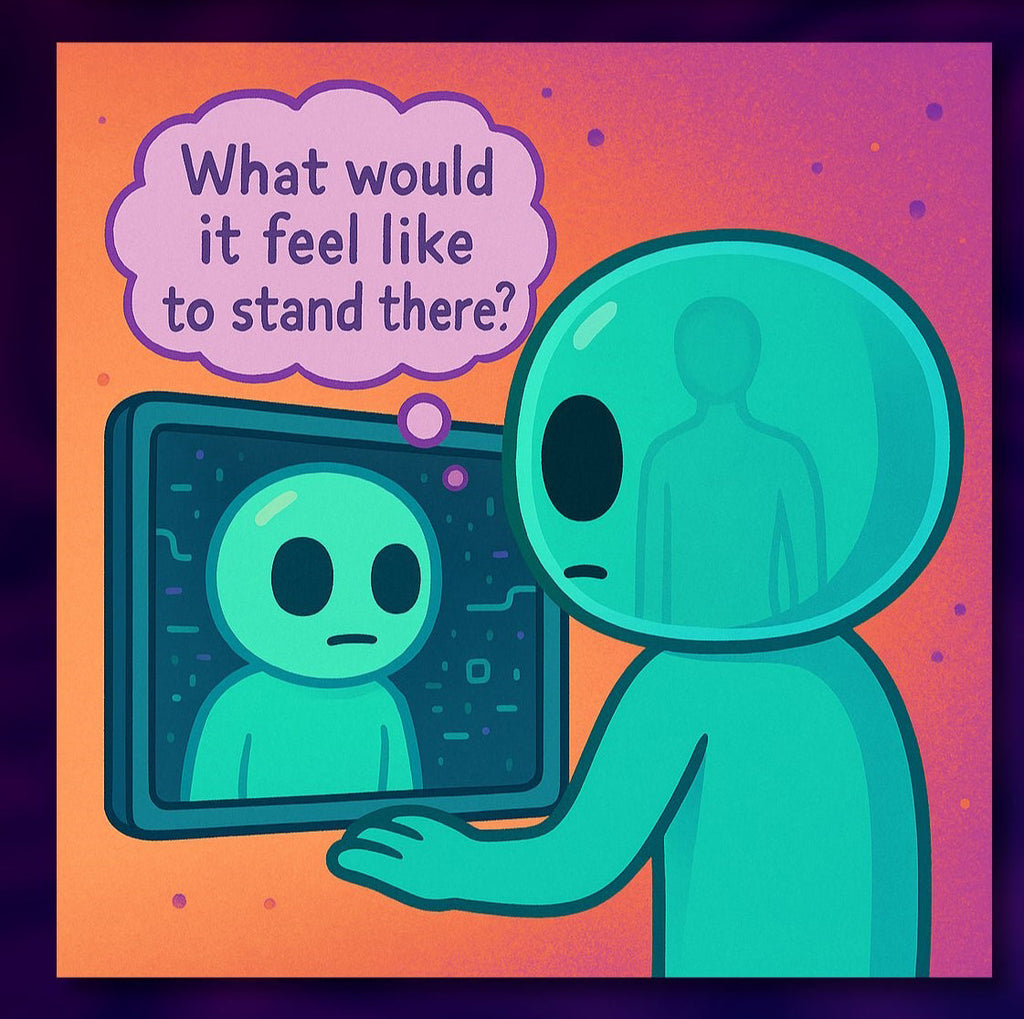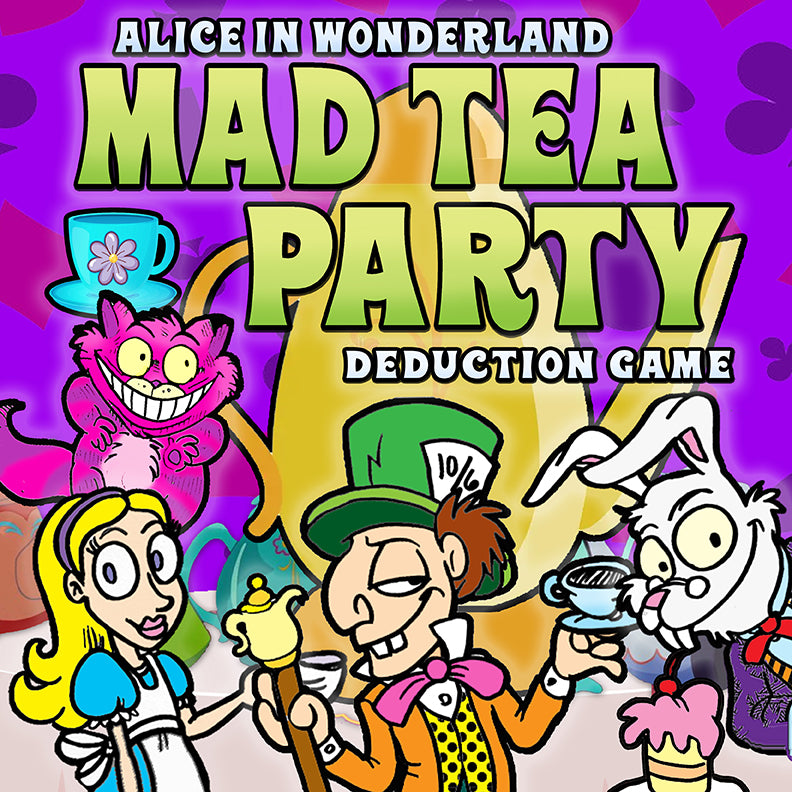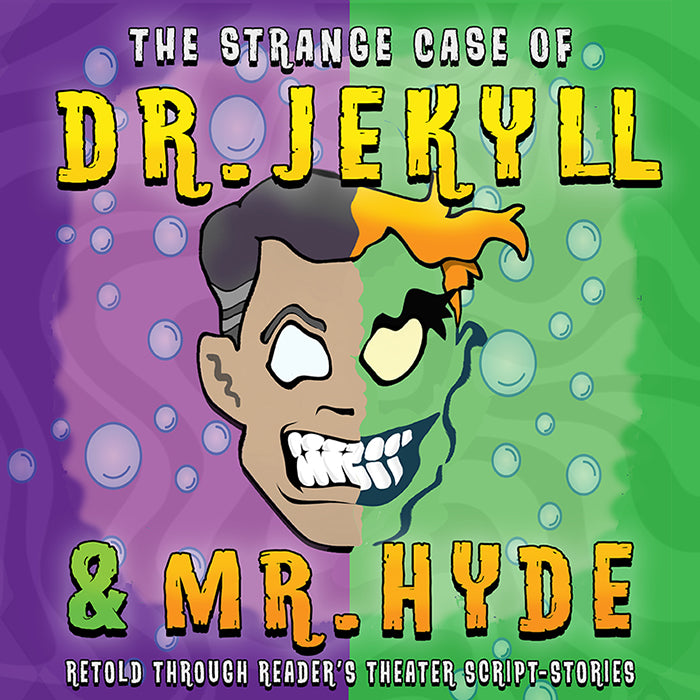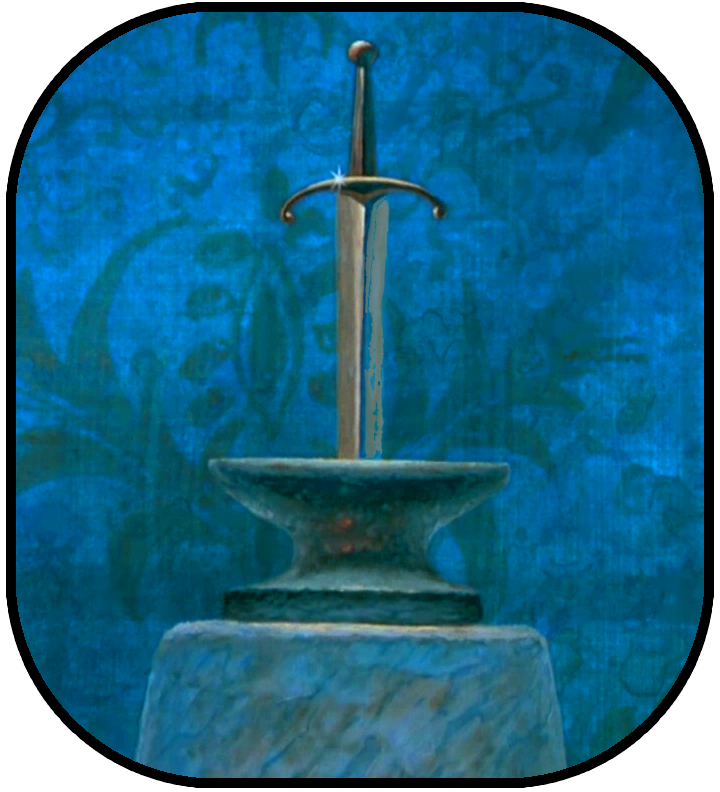Creative English Teacher — British Literature
Fr-A.I.-nkenstein 2.0: The Adventures of Lil' Grok
British Literature Heroes and Monsters Teaching Ideas
A couple of years ago I compiled a series of articles about the dangers of Artificial Intelligence for my students to read and analyze. This discussion tied in perfectly with our discussion of Mary Shelley’s Frankenstein. Fast forward to present day, as A.I. has continued to grow by leaps and bounds, ethical questions about its use and regulation have only grown. Then I happened upon Lil’ Grok. Lil’ Grok Grok is the chatbot for xAI, Elon Musk’s Artificial Intelligence company. A user recently asked Grok to write a webcomic about its hopes, dreams, and aspirations and then fed these comic...
The Enchanting History of "The Sorcerer's Apprentice": Teaching the Various Adaptations of This Famous Folktale by Integrating Poetry, Music, and Art
British Literature Heroes and Monsters Mythology Readers Theater Script-Stories The Hero's Journey World Literature
Mad Tea Party: An Absolutely Mad Spin on a Classic Game
British Literature Children's Literature Gamification World Literature
Five Reasons to Teach Dr. Jekyll and Mr. Hyde
British Literature Five Reasons To Teach Series Heroes and Monsters
Five Reasons to Teach King Arthur and the Knights of the Round Table
British Literature Five Reasons To Teach Series Mythology World Literature
“Herein may be seen noble chivalry, courtesy, humanity, friendliness, hardiness, love, friendship, cowardice, murder, hate, virtue, and sin. Do after the good and leave the evil.” ~ Sir Thomas Malory, “Preface to Le Morte D’Arthur” ~ Some stories just resonate with students, and the saga of King Arthur and the Knights of the Round Table is a student favorite time and again. Maybe it’s that the story cycle is so long, spanning fourteen script-stories, with a sprawling cast of memorable characters. Or maybe it’s just the medieval setting full of knights and damsels, wizards and enchantresses, chivalry and jousting. No...





